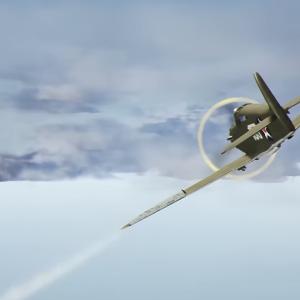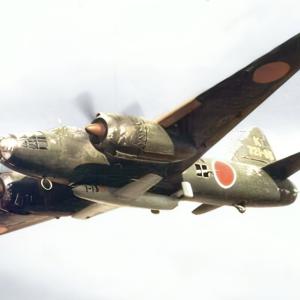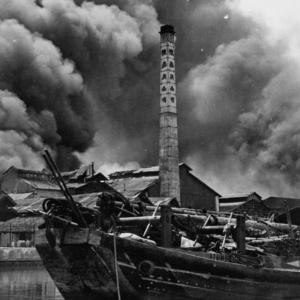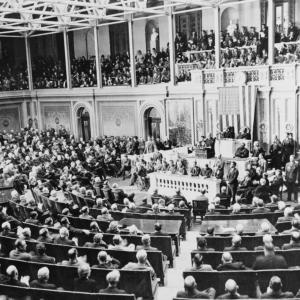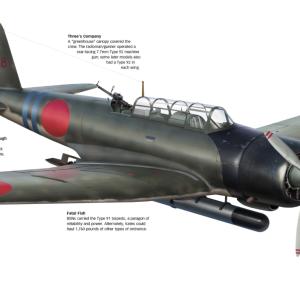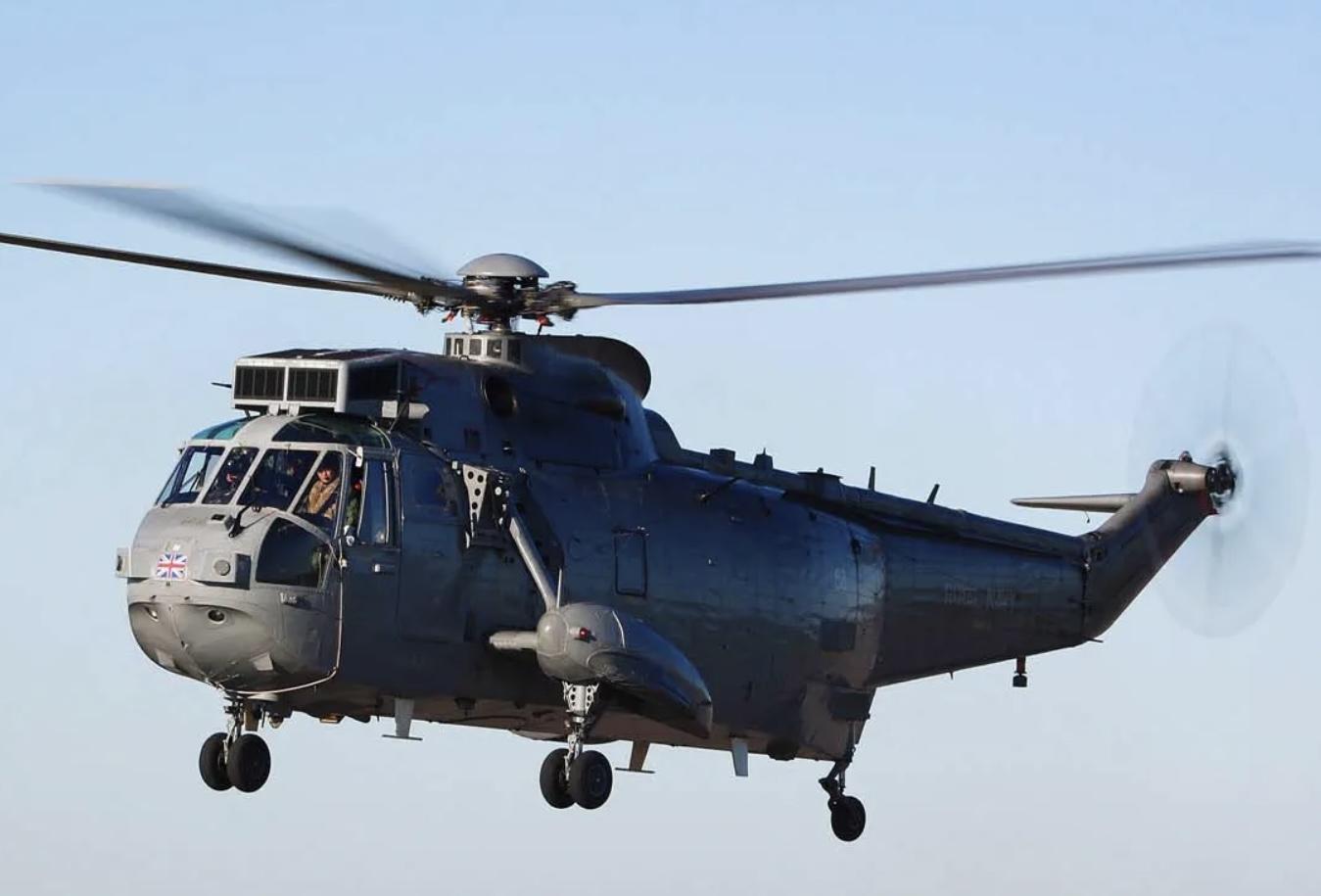
Sea King Helicopter
The Westland Sea King is a British license-built version of the American Sikorsky SH-3 Sea King, adapted and produced by Westland Helicopters for the Royal Navy and other services. Its design is rooted in Cold War-era needs for a capable anti-submarine warfare (ASW) platform, though over time it evolved into a versatile aircraft used in numerous roles. The Sea King played a vital role in British military operations for decades, most notably during the 1982 Falklands War.
The Sea King's origins trace back to the Sikorsky SH-3, developed in the United States during the late 1950s and early 1960s. Westland Helicopters acquired the rights to build the Sea King under license in the mid-1960s, with significant modifications. Although visually similar to its American counterpart, the British-built Sea King differed substantially in systems and avionics. Westland redesigned the electronics and equipped the aircraft with British-made components, including the powerful Rolls-Royce Gnome engines—license-built versions of the General Electric T58.
Westland's Sea Kings first entered service with the Royal Navy in 1969 as the Sea King HAS.1. These helicopters were primarily used for anti-submarine warfare and included advanced radar and sonar systems. Over the following years, various models were introduced, each adapted for specific roles. The HAS.2 and HAS.5 incorporated improved radar and electronic warfare capabilities. Later variants, such as the HC.4 “Commando,” were configured for troop transport and amphibious operations, shedding the complex ASW gear for space and capacity.
The versatility of the Sea King allowed it to serve in a wide range of military and humanitarian roles, including search and rescue (SAR), electronic surveillance, commando transport, and casualty evacuation. The SAR variant, in particular, became a familiar sight in the UK and surrounding seas, rescuing both military personnel and civilians in distress. However, its most renowned deployment came during the Falklands War.
The 1982 Falklands conflict between the United Kingdom and Argentina over the disputed Falkland Islands highlighted the Sea King’s capabilities. A large number of Sea Kings—over 30 of various types—were deployed to the South Atlantic as part of the British Task Force. The most prominent variants used were the HAS.5, for anti-submarine duties, and the HC.4, which supported troop movements and amphibious landings.
Anti-submarine versions were crucial in protecting the British fleet from Argentine submarines. Operating from Royal Navy aircraft carriers such as HMS Hermes and HMS Invincible, Sea Kings equipped with sonar and depth charges conducted continuous submarine-hunting patrols in the hostile South Atlantic waters. Their mission was essential in maintaining the security of the British fleet, particularly given the persistent threat posed by the Argentine Navy’s diesel-electric submarines, such as the ARA San Luis.
The Sea King’s troop transport variant, the HC.4 “Commando,” proved indispensable during the amphibious landings at San Carlos Water—codenamed “Bomb Alley” due to the heavy Argentine air attacks. These helicopters ferried Royal Marines and soldiers of the Parachute Regiment from ships to the shore, often under the threat of air attack. With their rugged design and large cabin space, HC.4s could carry up to 27 fully equipped troops or significant amounts of cargo, making them ideal for rapidly establishing a beachhead and sustaining ground forces inland.
Sea Kings also played key roles in logistical support and reconnaissance. In addition to troop transport, they delivered ammunition, food, and medical supplies between ships and forward positions, often operating in poor weather and over long distances. The aircraft were also used for casualty evacuation, flying wounded soldiers back to hospital ships or field stations for treatment.
Special Forces operations during the Falklands War also relied on the Sea King. One of the most secretive missions involved the covert insertion of Special Air Service (SAS) units behind enemy lines on East Falkland. Modified Sea Kings with radar-absorbing paint and minimal electronic signatures conducted low-level flights in darkness and poor weather to deliver elite teams for reconnaissance and sabotage missions.
One particularly notable Sea King mission occurred in May 1982 when an SAS team was inserted near the Argentine mainland to conduct diversionary operations. After the mission was aborted, the Sea King that delivered them was scuttled at sea to avoid detection and capture, highlighting the extreme conditions and secrecy involved in such operations.
Despite its effectiveness, the Sea King was not without risk. The war saw the loss of several helicopters due to accidents and enemy action. One tragic incident involved the downing of a Sea King carrying SAS personnel during a mid-air collision with another helicopter. Nevertheless, the aircraft’s performance under combat conditions solidified its reputation as a highly capable and dependable platform.
The end of the Falklands War saw the Sea King emerge with a battle-hardened legacy. Its adaptability across combat, logistics, search and rescue, and special operations set a benchmark for rotary-wing aircraft performance in modern conflict. After the war, the Sea King remained in service with the UK military until the 2010s, with other nations continuing to operate variants well into the 2020s.
In summary, the Sea King helicopter, designed by Sikorsky and adapted by Westland, became a cornerstone of British military aviation. Its multi-role versatility allowed it to serve in a wide array of operations, from submarine hunting to troop transport and rescue missions. Its performance during the Falklands War, under harsh environmental and combat conditions, remains one of the defining examples of its operational excellence.

